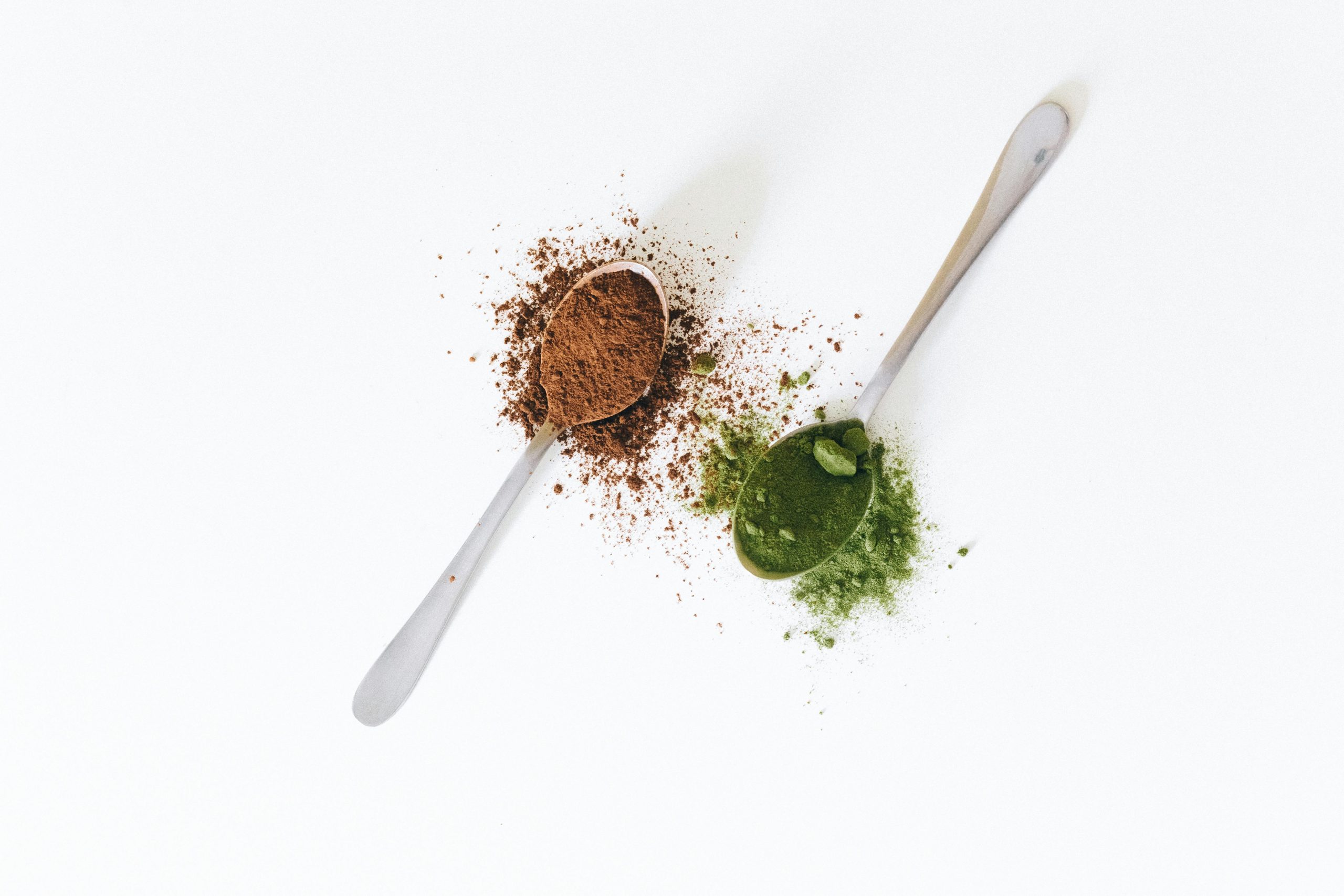“`html
How Do I Prioritize Purchasing Kitchen Essentials on a Budget?
When it comes to setting up your kitchen, it can be overwhelming to decide which essentials to buy, especially if you’re working with a limited budget. Knowing how to prioritize your purchases can make all the difference in creating a functional and efficient kitchen. In this article, we will explore practical strategies to help you decide how to prioritize purchasing kitchen essentials while keeping your budget in check.
1. Assess Your Cooking Needs
The first step in prioritizing your kitchen essentials is to assess your cooking habits. Consider the following questions:
- How often do you cook at home?
- What types of meals do you prepare most frequently?
- Do you have any dietary restrictions or preferences?
Answering these questions will help you determine which items are truly necessary for your kitchen. For example, if you love baking, investing in high-quality bakeware may be a priority. Conversely, if you rarely bake, you might want to focus on cookware and utensils that suit your daily cooking style.
2. Create a Basic Kitchen Essentials List
Next, compile a list of basic kitchen essentials that every kitchen should have. Here’s a simplified list to get you started:
- Cookware: pots, pans, and baking sheets
- Utensils: knives, spatulas, and measuring cups
- Appliances: a cutting board and a can opener
- Dinnerware: plates, bowls, and utensils
- Storage: containers for leftovers
With this list, you can categorize your needs based on necessity and frequency of use. Remember that quality is more important than quantity, especially when operating on a budget. Choose versatile items that can serve multiple purposes.
3. Prioritize Based on Frequency of Use
After creating your list, prioritize purchases based on how often you use each item. Here’s a simple approach:
- Daily Use: Items you use every day should be at the top of your list. This includes pots, pans, and essential utensils.
- Weekly Use: Items you use frequently but not daily, such as baking sheets or food processors, should come next.
- Occasional Use: Specialty items like a stand mixer or waffle maker can be purchased later, as they are not needed as often.
By prioritizing based on frequency of use, you ensure that you are investing in items that will provide the most value in your daily cooking routine.
4. Set a Budget
Establishing a budget is crucial for prioritizing your kitchen essentials. Here’s how to create a practical budget:
- Determine Your Total Budget: Decide how much you can spend on kitchen essentials without straining your finances.
- Allocate Funds: Divide your total budget into categories based on your prioritized list (e.g., cookware, appliances, utensils).
- Stick to Your Budget: Keep track of your spending and adjust your list as necessary to stay within your budget.
By setting a budget, you can make informed decisions and avoid impulse purchases that could lead to overspending.
5. Research and Compare Prices
Before making any purchases, take the time to research and compare prices. Here are some tips to help you find the best deals:
- Online Shopping: Utilize e-commerce websites to compare prices from various retailers.
- Read Reviews: Look for customer reviews to gauge the quality and durability of products.
- Check for Sales and Discounts: Keep an eye out for seasonal sales or clearance events.
Shopping smartly can help you find high-quality kitchen essentials at a fraction of the price.
6. Consider Second-Hand Options
If your budget is particularly tight, consider exploring second-hand options. Here are some places to find gently used kitchen essentials:
- Thrift stores
- Garage sales
- Online marketplaces like Facebook Marketplace or Craigslist
Second-hand items can often be just as good as new ones, and you can save a significant amount of money by opting for pre-owned kitchen essentials.
7. Invest in Multi-Functional Tools
To maximize your budget, focus on purchasing multi-functional tools that can serve several purposes. For example:
- A blender can be used for smoothies, soups, and sauces.
- A cast-iron skillet can function as a frying pan, baking dish, and even a grill.
- Measuring cups can also serve as mixing bowls.
Choosing versatile items allows you to minimize the number of individual tools you need, ultimately saving you money.
Conclusion
In summary, prioritizing your kitchen essentials on a budget involves assessing your cooking needs, creating a basic list, and establishing a clear budget. By focusing on items you use most frequently, researching prices, and considering second-hand options, you can build a functional kitchen without breaking the bank. Remember, it’s all about making informed decisions to create a space that supports your culinary adventures. Happy cooking!
“`

Leave a Reply